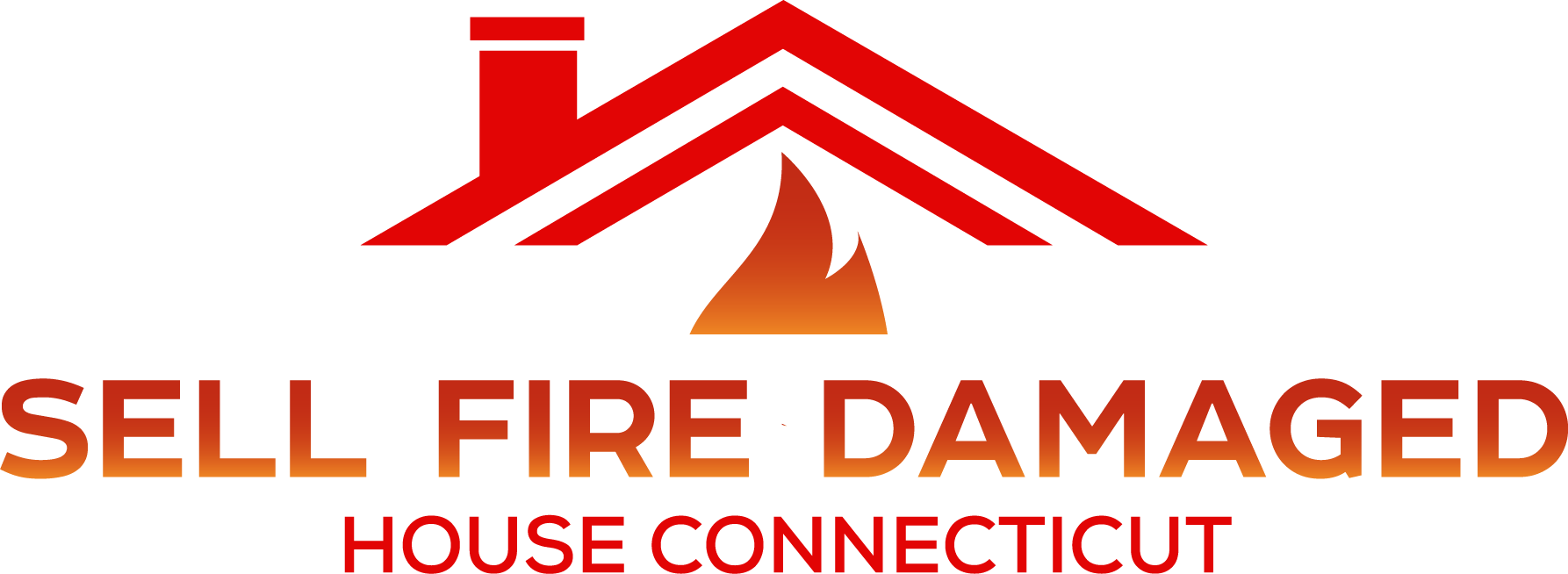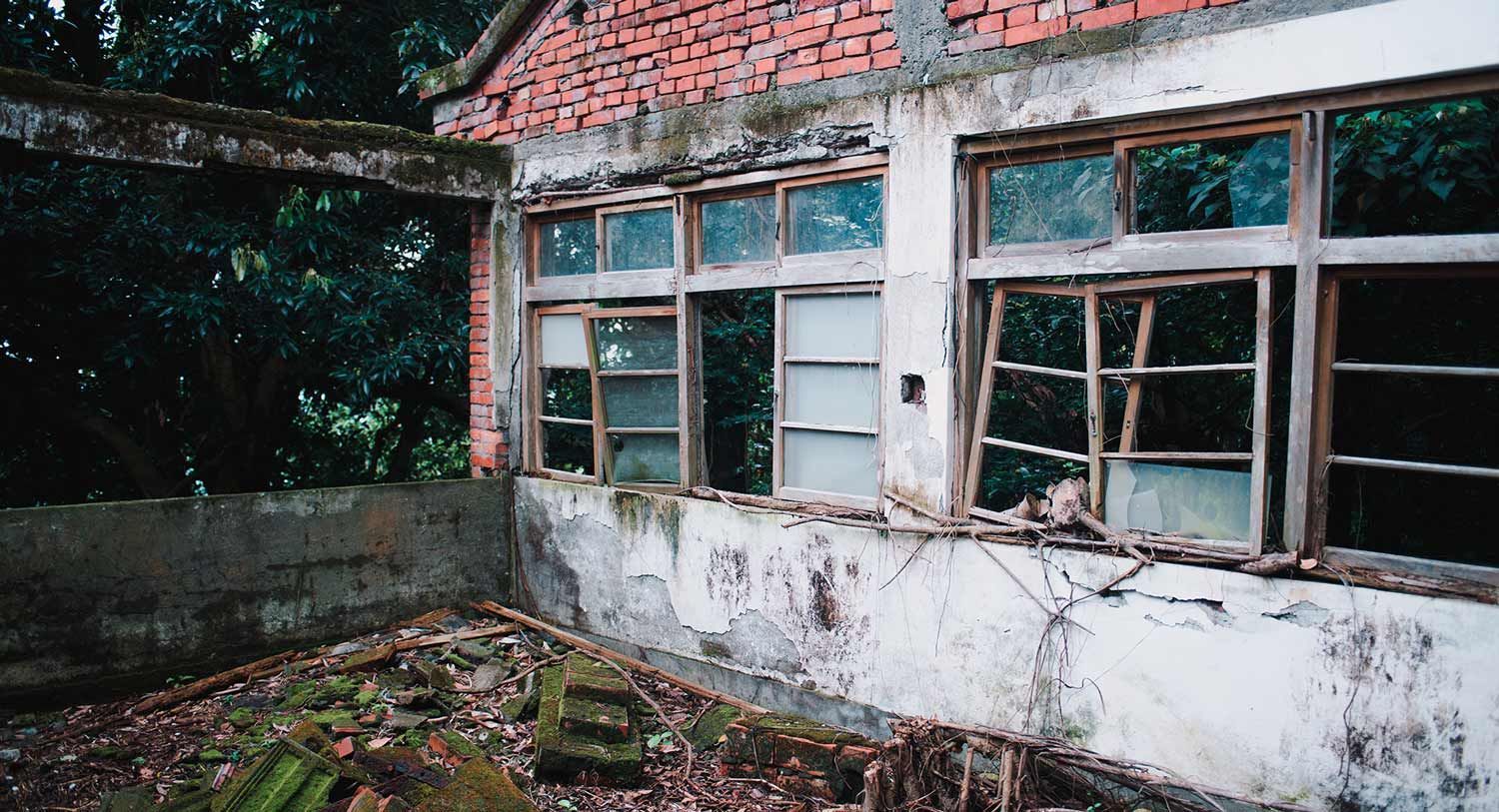House Fire Debris Removal Cost In Connecticut
Published on July 14th, 2025
Stephen Kroger
AUTHOR
Free Offer Form
House fire debris removal costs in Connecticut typically run $6,000–$30,000+, with higher costs for historic homes containing lead paint (CT DPH Regs § 19a-111-4) or asbestos (CT General Statutes § 19a-332). Local rules like Hartford’s Ordinance § 19-17 require certified contractors for hazardous material disposal. If you’re facing six-figure restoration quotes or preservation board delays, sell your fire-gutted property to us as-is—we pay all demolition costs, offer next-day cash deals, and navigate Connecticut’s strict historic property laws for you.
Each property presents unique variables, from specialized equipment requirements to environmental safety protocols that influence the final cost.
Insurance coverage plays a central role in managing these expenses, yet policy limits and specific terms for debris removal often surprise homeowners during the recovery process. Understanding these financial aspects while coordinating temporary housing and securing damaged property requires careful planning and professional guidance.
By examining cost factors, insurance considerations, and qualified service provider selection, homeowners can effectively steer through this challenging phase of recovery with greater confidence and clarity.
The Complete Cost Picture Of Fire Debris Removal In Connecticut
Fire debris removal combines multiple cost elements that shape property restoration decisions. A clear understanding of these financial components helps homeowners move through the recovery process with confidence.
National Average Cost Ranges
Base cleanup costs typically range from $2,000 to $15,000, encompassing:
- Standard labor and equipment fees
- Basic disposal charges
- Site preparation and cleanup
- Transportation costs
Properties containing hazardous materials like asbestos require specialized handling, adding $500 to $5,000 to baseline expenses. Larger properties or severe damage scenarios can push costs beyond these typical ranges.
Regional Price Variations
Market conditions and local regulations create distinct cost patterns across different areas:
- Metropolitan regions with higher living costs generally command premium service rates
- Environmental regulations influence handling and disposal procedures
- Weight-based disposal fees dominate some regions, while others use volume metrics
- Local permit requirements and municipal codes affect total project costs
- Disposal facility availability impacts transportation expenses
Emergency Vs. Planned Removal Pricing
Swift response after fire damage often demands premium pricing:
- Emergency services command 20-30% higher rates than scheduled removal
- Immediate intervention prevents secondary damage from water saturation
- Rapid response helps minimize potential mold growth
- Quick action preserves salvageable materials
Project complexity shapes the final cost structure through:
- Property access challenges
- Total debris volume
- Material composition
- Equipment requirements
- Labor intensity
- Safety protocols
Professional restoration companies evaluate these elements to create detailed project assessments. Multiple detailed quotes help homeowners understand potential cost variations and ensure appropriate budget allocation for complete property restoration.
Each estimate should detail specific handling requirements, potential complications, and necessary specialized services.
Core Cost Components In Connecticut
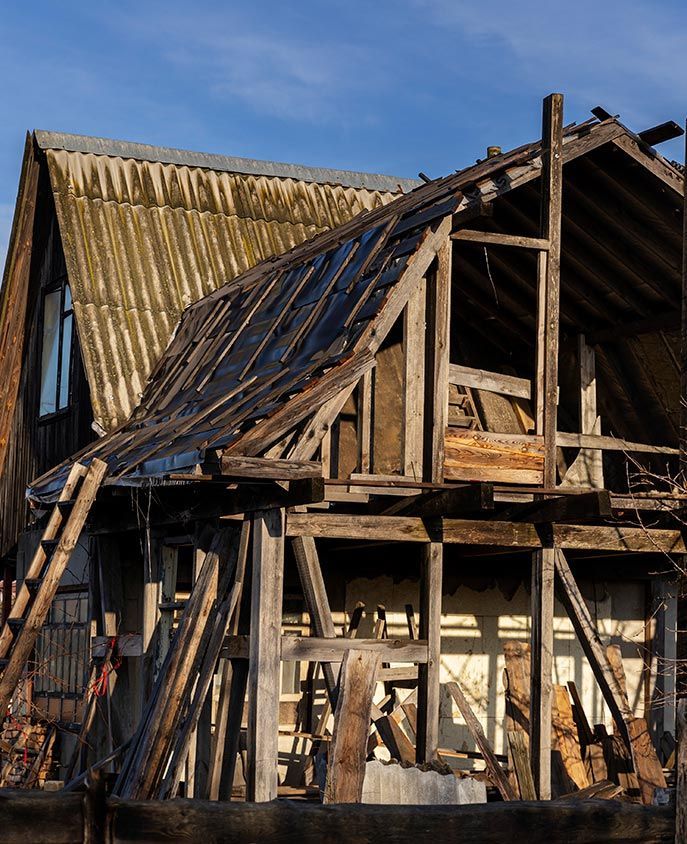
Fire debris removal costs stem from several interconnected elements that shape the final pricing structure. A clear understanding of these components enables property owners to evaluate service quotes and plan budgets with greater confidence.
Professional Labor Expenses
Professional labor constitutes a major portion of debris removal costs. Trained specialists systematically sort through fire-damaged materials, identifying salvageable items while managing hazardous conditions. Their expertise encompasses:
- Safe handling of compromised structures
- Precise material classification
- Hazardous substance identification
- Implementation of efficient removal methods
Labor costs fluctuate based on property accessibility and debris volume. Sites with challenging access points or extensive damage require additional work hours and personnel, affecting the overall expense.
Specialized Equipment Charges
Equipment requirements scale with project complexity and property characteristics:
- Basic Projects: Dumpsters, hand tools, sorting equipment
- Complex Sites: Excavators, skid steers, specialized lifting machinery
- Access-Restricted Areas: Compact equipment, extended-reach tools
Rental fees reflect both equipment type and duration of use. Properties with limited access often demand specialized machinery, pushing costs above standard rates.
Transportation And Disposal Fees
Transportation and disposal represent substantial cost factors in the debris removal process. Key considerations include:
- Weight-based disposal fees at landfills
- Material-specific recycling requirements
- Distance to approved disposal facilities
- Number of required disposal trips
- Regional rate variations
- Special handling requirements for hazardous materials
Properties located far from disposal sites face increased transportation costs, while certain materials necessitate delivery to specialized facilities.
Safety And Protection Measures
Safety protocols form a critical cost component, protecting workers and property throughout the removal process. Essential safety elements include:
- Personal protective equipment (PPE)
- Hazardous material containment systems
- Air quality monitoring devices
- Material testing for asbestos and lead
- Structural stability assessments
- Environmental protection barriers
Properties containing hazardous materials or structural instabilities require detailed safety protocols, increasing overall project costs.
These fundamental components interact dynamically, influencing total project expenses. Professional removal services calculate estimates by evaluating how these elements combine within each unique project scope.
Impact Factors On Final Costs In Connecticut
Fire debris removal costs fluctuate based on interconnected factors that shape each property's unique cleanup requirements. These elements combine to create an in-depth cost framework that determines the final investment needed for complete site restoration.
Property Size And Access Conditions
Square footage directly correlates with removal expenses - larger properties demand more equipment, time, and labor resources. Site accessibility emerges as equally crucial:
- Narrow access points require specialized compact equipment
- Steep terrain necessitates additional safety measures
- Limited entry routes often lead to multiple handling stages
- Remote locations may incur higher transportation costs
Debris Types And Classifications
Material composition shapes both handling methods and disposal strategies:
- Structural components (wood, metal, concrete) require systematic separation
- Water-saturated materials from firefighting demand specialized drying protocols
- Mixed debris containing personal items needs careful sorting
- Recyclable materials warrant specific handling procedures
Each material category demands distinct removal approaches, directly influencing labor hours and equipment requirements.
Hazardous Material Presence
Hazardous materials discovery typically adds $500-$5,000 to removal costs:
- Asbestos-containing materials require certified removal specialists
- Lead-based paint demands specific containment protocols
- Chemical residues necessitate specialized safety equipment
- Mandatory testing procedures for older structures
- Specialized disposal facility requirements
Local Regulations And Permits
Regional compliance requirements create a detailed cost framework:
- Permit fees average several hundred dollars
- Material separation guidelines vary by jurisdiction
- Documentation requirements affect project timelines
- Disposal facility fees fluctuate by location
- Environmental protection standards influence removal methods
Foundation characteristics, soil contamination levels, and service timing further shape the final cost structure. While emergency services command premium rates, scheduled removals typically offer more economical options.
Insurance And Financial Considerations In Connecticut
Fire debris removal involves complex financial decisions, with insurance coverage playing a central role in managing recovery costs. A clear understanding of policy details and payment structures helps homeowners steer the cleanup process while minimizing out-of-pocket expenses.
Standard Coverage Limits
Most homeowners' insurance policies allocate between 5% to 25% of dwelling coverage for debris removal. The structure of this coverage varies:
- Some policies integrate debris removal within primary dwelling coverage
- Others maintain separate, dedicated limits for removal services
- Coverage caps determine potential personal financial responsibility
- Policy terms often specify distinct limits for different types of debris
Additional Coverage Options
Insurance providers offer enhanced protection beyond basic coverage limits. The "ordinance or law" endorsement extends financial protection when local building codes affect removal requirements. This proves particularly valuable for:
- Properties in environmentally regulated zones
- Older homes with potential hazardous materials
- Areas with strict waste disposal requirements
- Structures requiring specialized removal techniques
Documentation Requirements
Successful insurance claims depend on thorough documentation throughout the removal process:
- High-quality photos and videos of property damage
- Detailed contractor estimates and proposals
- Professional hazardous material assessment reports
- Written communications with contractors and adjusters
- Itemized expense records and payment receipts
Payment Timing And Methods
Insurance payment structures directly influence project planning and execution. Deductibles typically require payment before coverage activation, while disbursement methods vary among providers:
- Direct contractor payments from insurance companies
- Reimbursement to homeowners for paid expenses
- Staged payments based on project milestones
- Supplemental funding through government assistance programs
- Community resource options for qualifying households
- Personal financing alternatives for coverage gaps
Fire debris removal insurance coverage demands proactive policy review and regular insurance agent consultation. This preparation enables efficient claim management and optimal financial outcomes during property recovery.
Homeowners who understand their coverage details before incidents occur position themselves for smoother cleanup processes and more predictable financial outcomes.
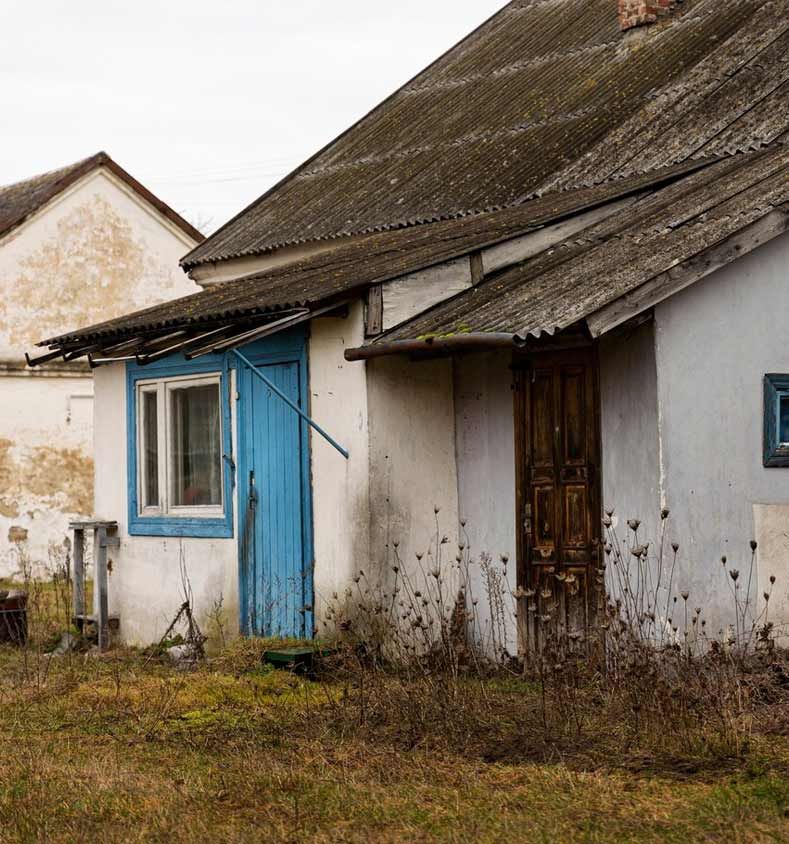
Professional Services Selection In Connecticut
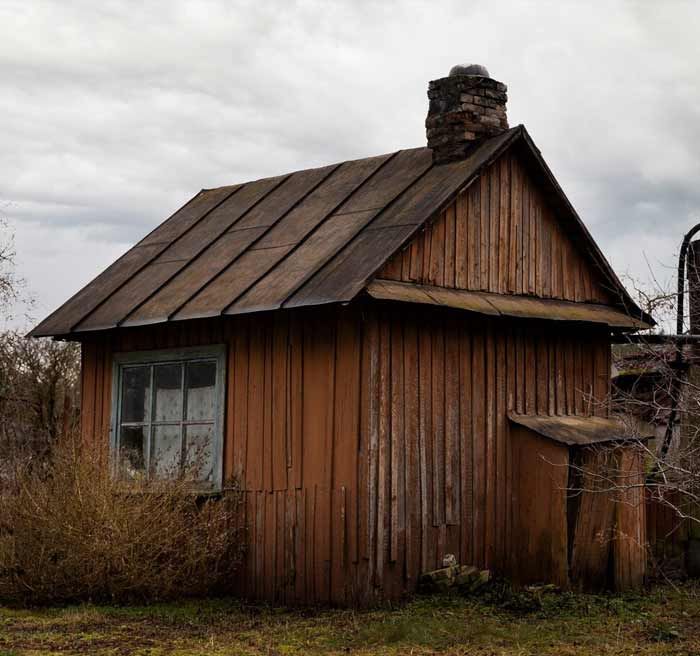
Selecting the right professional service for fire debris removal shapes project outcomes and cost efficiency. A methodical evaluation of potential contractors safeguards both quality standards and financial interests throughout the cleanup process.
Licensed Contractor Requirements
Fire debris removal demands specialized credentials and detailed insurance protection. Qualified contractors must maintain current licenses specific to fire debris handling and hazardous material management, including asbestos and lead remediation. Their insurance portfolio should cover:
- Environmental cleanup liability coverage
- Worker safety protection
- General business insurance
- Professional liability insurance
Obtain written documentation of these credentials and independently verify their status through local licensing authorities.
Service Package Comparisons
Professional cleanup services structure their offerings based on project complexity and scope. Quality providers begin with thorough site assessments, delivering detailed written estimates calculated through:
- Volume-based measurements
- Material weight calculations
- Project-specific requirements
When evaluating service proposals, examine the inclusion of:
- Material sorting protocols
- Transportation logistics
- Disposal facility fees
- Site preparation specifications
- Equipment allocation
- Labor requirements
Many providers offer graduated service levels, spanning basic debris clearance to complete site rehabilitation for reconstruction phases.
Red Flags To Watch For
Quality contractors demonstrate clear business practices and detailed service delivery. Exercise heightened scrutiny when encountering:
- Significantly below-market pricing
- Reluctance to perform site inspections
- High-pressure sales tactics
- Limited client references
- Vague disposal methodologies
- Unclear environmental compliance procedures
Reputable companies readily share client testimonials from comparable projects and demonstrate thorough knowledge of local regulations, permit processes, and disposal requirements.
Contract Essential Elements
A robust service agreement establishes clear expectations and protects all parties involved. Critical contract components include:
- Detailed scope specifications
- Timeline milestones
- Payment structure
- Permit acquisition responsibilities
- Hazardous material protocols
- Local compliance requirements
- Equipment specifications
- Disposal site designations
- Final site condition standards
Experienced contractors typically incorporate insurance claim documentation requirements and align payment schedules with insurance disbursement timelines, streamlining the administrative process.
Cost Optimization Strategies In Connecticut
Fire debris removal costs can be effectively managed through strategic planning and informed decision-making, all while maintaining essential safety standards and service quality.
Timing Your Removal Project
Seasonal fluctuations in contractor availability create natural pricing windows. Off-peak seasons typically yield more competitive rates from removal services, while coordinating with neighboring properties affected by the same fire event can unlock valuable group discounts.
The key lies in balancing potential cost savings against immediate safety concerns, as postponing debris removal might result in structural deterioration or heightened hazard risks.
Salvage Value Opportunities
A thorough pre-removal site assessment often reveals valuable salvageable materials that can offset cleanup expenses. Metal components and specific architectural elements frequently retain market value despite fire exposure.
When insurance policies permit, documented salvage operations can generate supplementary funds for removal costs. Photograph each salvaged item and maintain thorough records to satisfy insurance requirements and verify value recovery.
Multiple Quote Benefits
Obtaining quotes from several licensed contractors reveals diverse approaches to the removal process. Each professional brings unique insights and methodologies, potentially uncovering efficiency opportunities others might overlook. Key elements to compare:
- Sorting and separation techniques
- Disposal facility fees
- Equipment deployment strategies
- Labor allocation methods
- Timeline projections
This detailed analysis identifies optimal cost-effectiveness while ensuring complete service coverage.
Insurance Negotiation Tips
Fire debris removal coverage varies significantly between insurance policies. Success hinges on understanding specific policy limits and procedural requirements. Complex situations often benefit from public adjuster expertise - these professionals specialize in maximizing insurance claim outcomes for removal costs.
Essential documentation elements:
- Initial damage assessment photos
- Detailed inventory lists
- Contractor estimates
- Daily progress reports
- Final disposal receipts
Financial recovery options extend beyond insurance:
- Municipal disaster recovery programs
- Non-profit organization assistance
- Tax-deductible casualty loss claims
- State-level emergency relief funds
These supplementary resources can substantially reduce out-of-pocket expenses when identified and pursued early in the removal process.
Frequently AskedQuestions
How long does the debris removal process typically take?
Debris removal timelines fluctuate based on three primary factors: property dimensions, damage severity, and debris volume. Most projects span several days to multiple weeks. Complex scenarios involving hazardous materials demand specialized protocols, extending completion times.
Site conditions, including weather patterns and accessibility, shape the operational schedule. Professional teams orchestrate equipment deployment and workforce allocation to maximize efficiency while upholding rigorous safety standards.
What happens if asbestos is discovered during removal?
Asbestos discovery halts all operations immediately. A certified inspector evaluates the site, followed by deployment of licensed abatement specialists who implement precise containment protocols. This specialized removal adds $500-$5,000+ to project costs, depending on contamination extent.
The timeline extends to accommodate proper handling procedures. Insurance coverage varies significantly for asbestos-related work - prompt communication with your provider determines available financial protection.
Can I remove some debris myself to save money?
Self-performed debris removal carries substantial risks that outweigh potential cost savings. Fire debris typically harbors toxic materials, compromised structural elements, and microscopic hazards requiring professional expertise.
Most insurance policies specify approved cleanup methodologies and certified contractors. Unauthorized removal activities risk claim denial and personal injury. Professional assessment through your insurance adjuster safeguards both health and coverage eligibility.
How does debris removal affect my property's restoration timeline?
Professional debris removal establishes the groundwork for complete property restoration. Site clearance enables precise structural evaluation and detailed reconstruction planning.
Efficient removal prevents secondary complications like moisture-related deterioration and toxic material spread. The precision and thoroughness applied during this foundational phase directly influence restoration quality, timeline efficiency, and ultimate project success.
What documentation should I maintain throughout the process?
Systematic documentation strengthens insurance claims and supports project oversight. Essential records cover pre-removal and post-removal site photographs, video documentation, insurance correspondence, and contractor agreements.
Projects involving hazardous materials require additional documentation:
material testing reports,
remediation protocols, and
disposal certificates. Digital archiving ensures continuous access throughout restoration while protecting crucial project information.
Conclusion
Fire debris removal costs demand strategic planning and expert guidance, typically ranging from $2,000 to $15,000. Success hinges on thorough insurance documentation and professional oversight to ensure both safety compliance and accurate cost management.
A qualified assessment establishes precise estimates while safeguarding against unforeseen complications during the cleanup process.
Key steps before initiating debris removal:
- Contact your insurance provider to verify coverage limits
- Document pre-removal conditions with detailed photos
- Secure multiple quotes from certified fire damage specialists
- Verify contractor credentials and hazardous material certifications
- Research local permit requirements
- Schedule professional testing for potential hazardous materials
Professional debris removal services represent a crucial investment in property recovery. While the upfront costs may seem substantial, they prevent expensive complications from improper handling or disposal.
Detailed documentation through photos, detailed service agreements, and regular insurance communication creates a clear path toward restoration. This systematic approach streamlines the rebuilding process while protecting both safety and financial interests.
